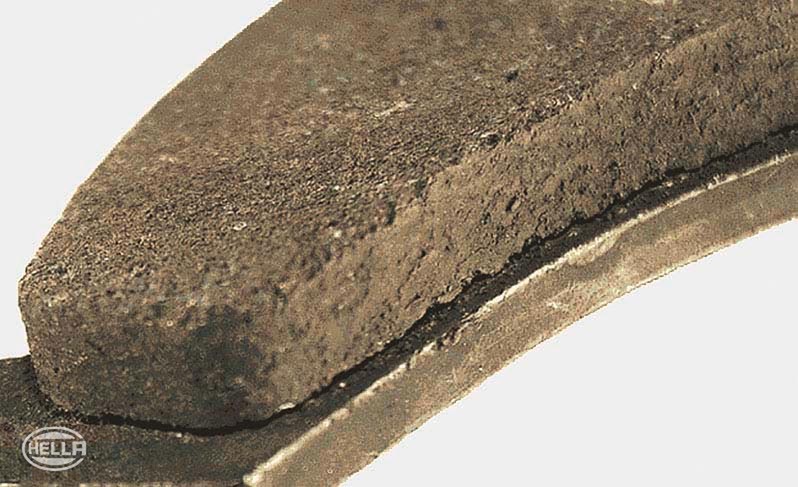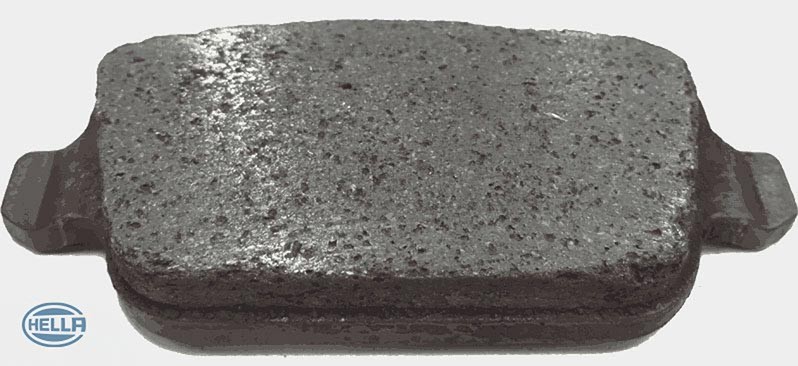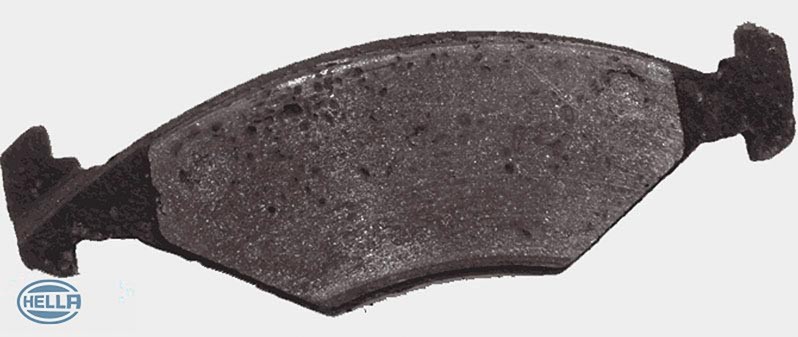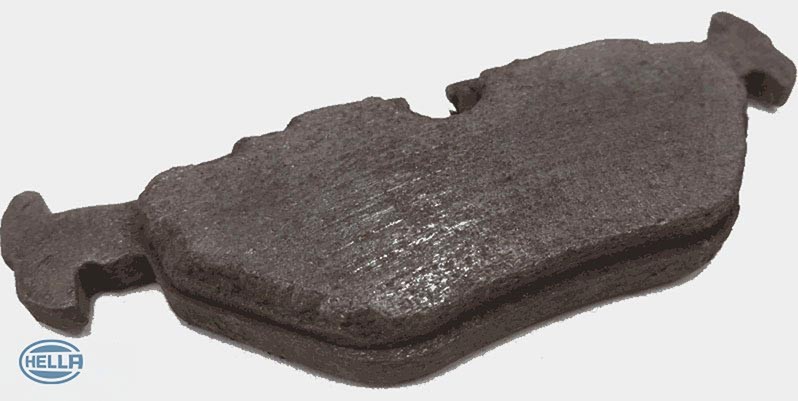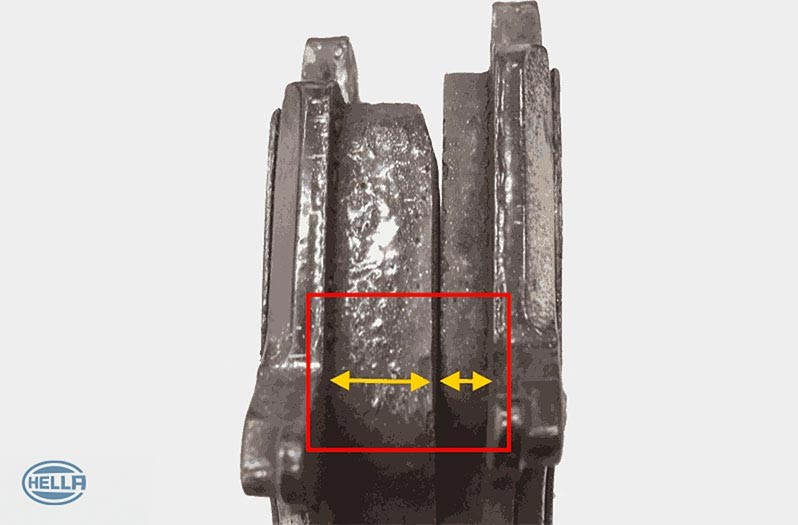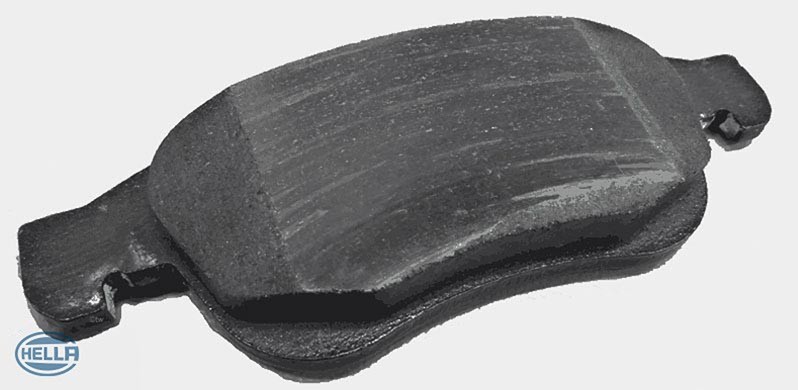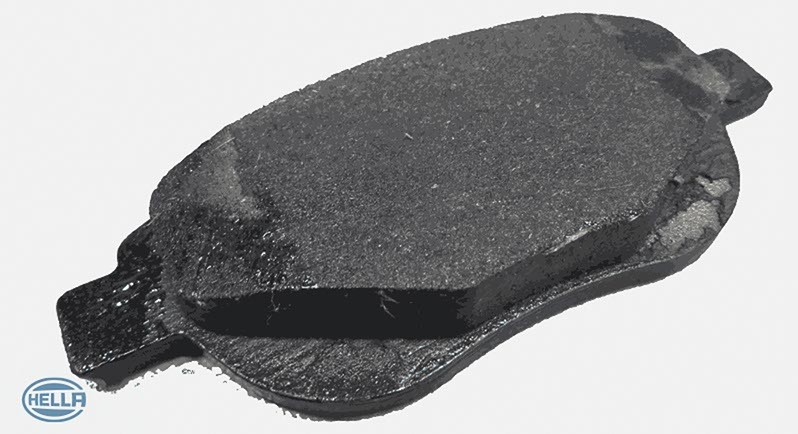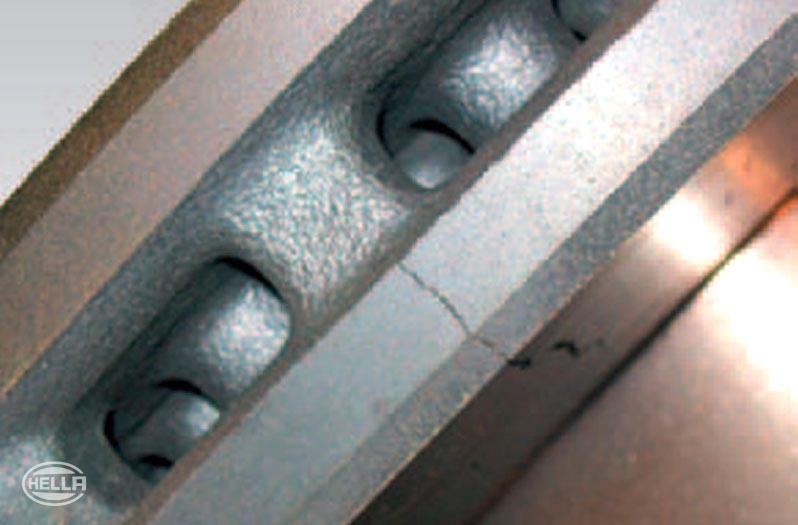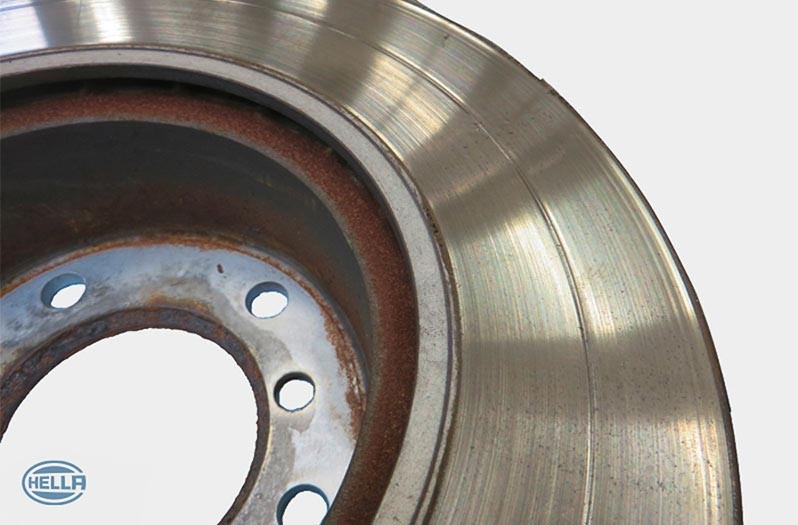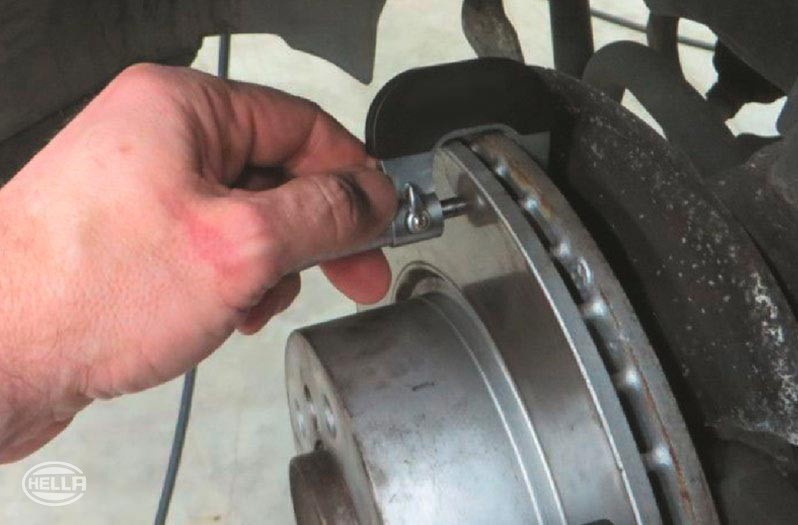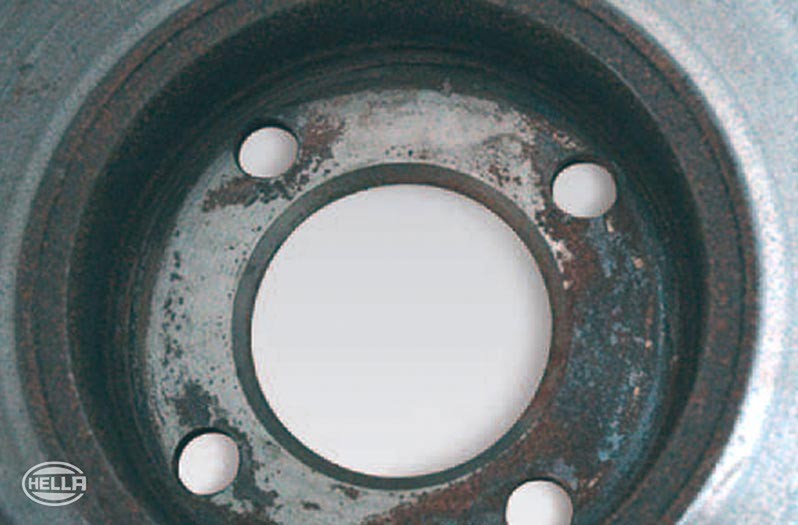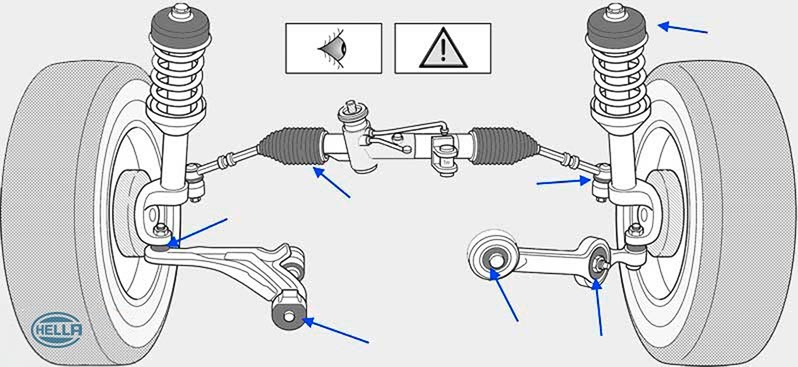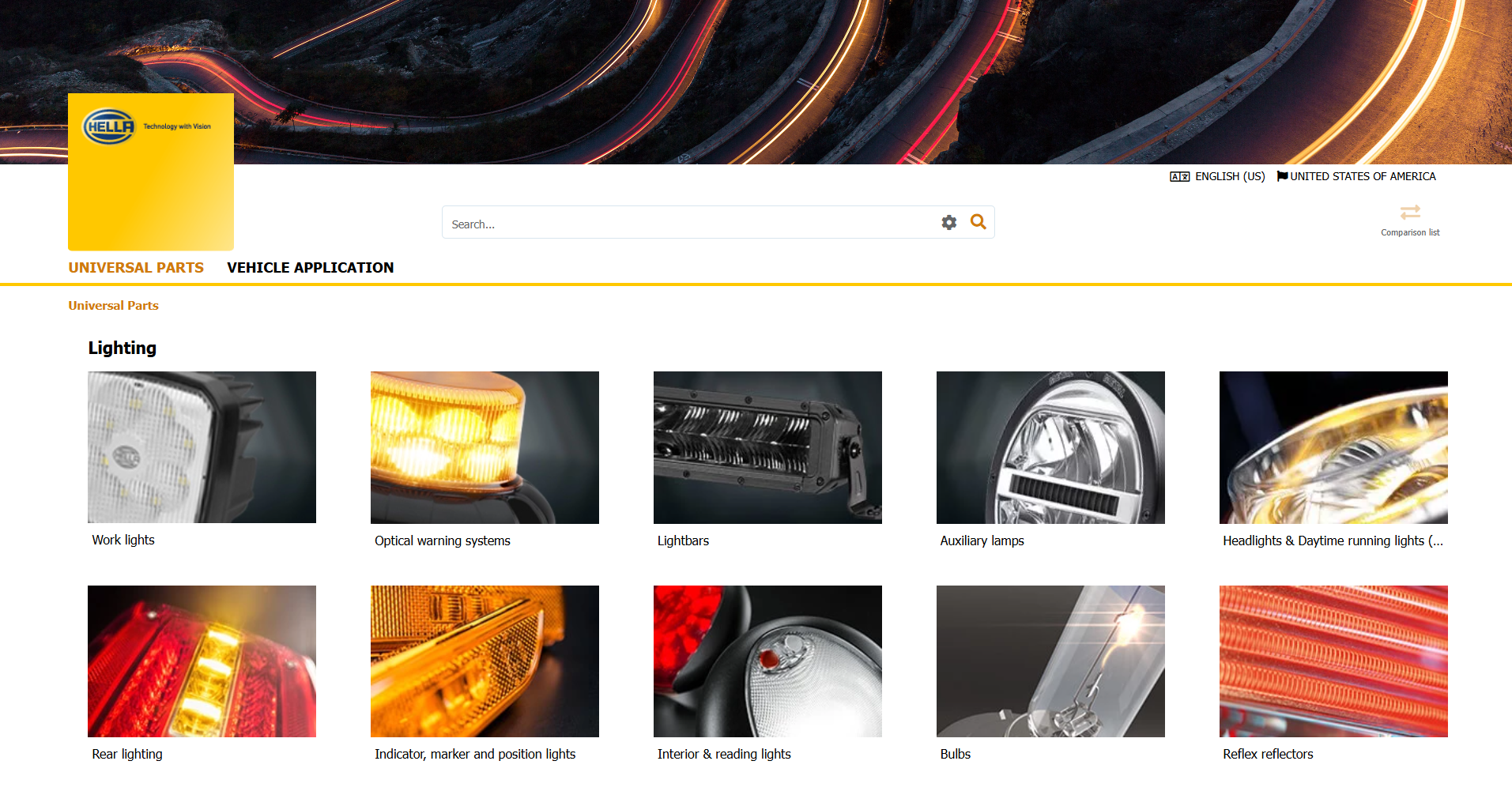Diagnosing brake problems
Important safety note
The following technical information and practical tips have been compiled by HELLA in order to provide professional support to vehicle workshops in their day-to-day work. The information provided on this website is intended for suitably qualified personnel only.
1. Notes
Failure modes of brake pads
2. Notes
Failure modes for brake discs
3. Notes
Brake damage assessment for wheel suspension and steering
How helpful is this article for you?
Not helpful at all
Very helpful
5
4
3
2
1
Success
Sign up for our free HELLA TECH WORLD newsletter to receive the latest technical videos, car repair advice, training course information, marketing campaign details and diagnostic tips.
Success
Success
Success
Success
Success
Success
Success
Success
Error
Error
Please tell us what you did not like.
Success
Thank you for your feedback!
Wrong Captcha
Wrong Captcha
Error
Something went wrong
You might also be interested in
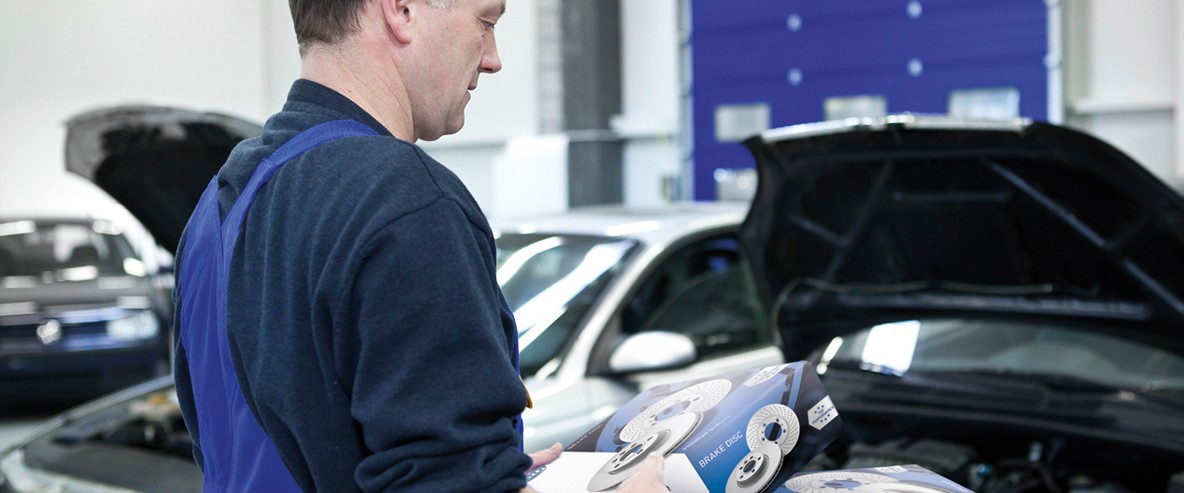
Basic Knowledge
Changing the brake discs, brake pads and brake calipers
Instructions for changing brake discs and brake callipers - everything you need for installation and fitting.
Reading time: 9 minutes
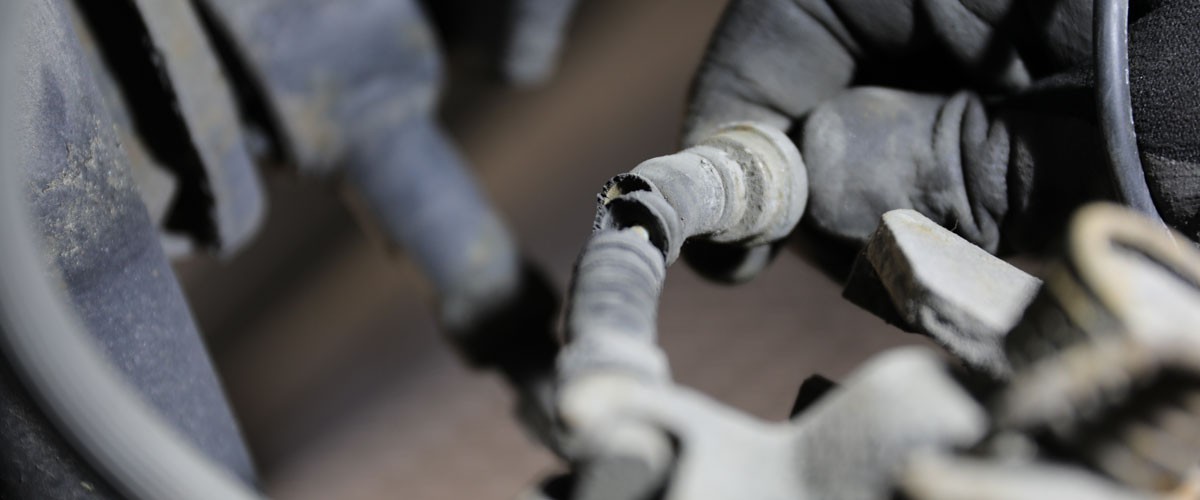
Basic Knowledge
Replace handbrake cable: Mazda example
Step-by-step instructions for changing the handbrake cable - from checking for faults to adjusting the handbrake.
Reading time: 5 minutes
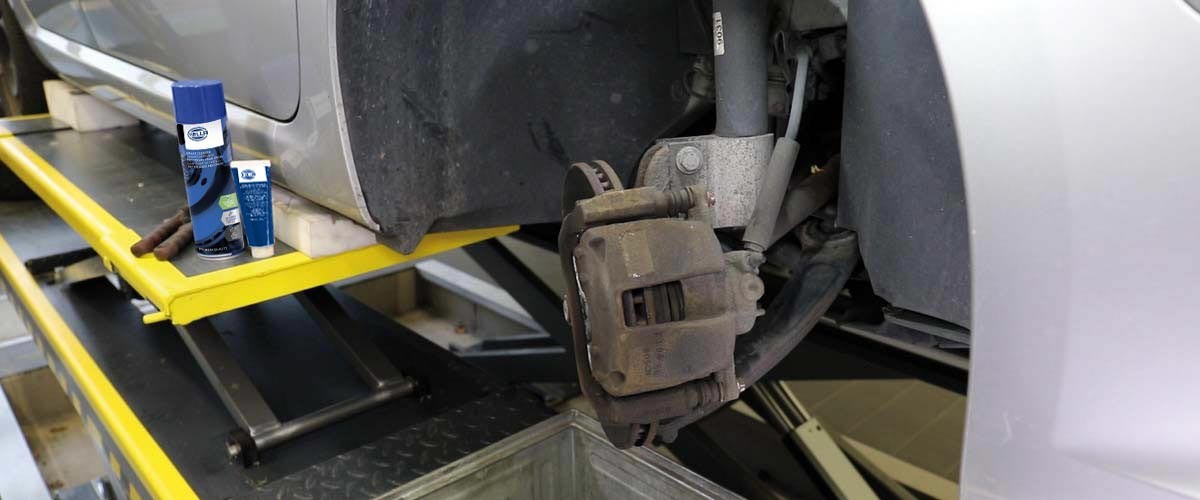
Basic Knowledge
Floating calliper guide pins - practical repair tips
Repair instructions for guide pins on the cantilever saddle - effects of seized guide elements and test methods.
Reading time: 3 minutes
Basic Knowledge
Two-piece brake discs - Maintenance tips
Find out more about two-piece brake discs: Assembly, wear, testing and maintenance - everything for the car workshop.
Reading time: 7 minutes
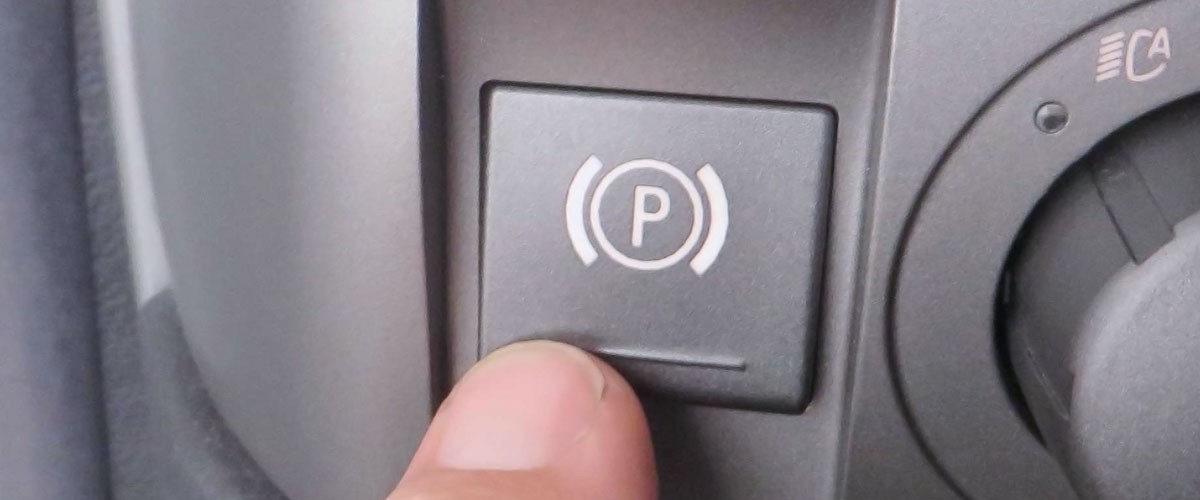
Basic Knowledge
Electric parking brake
Basics of the electric parking brake: Setup, troubleshooting, maintenance and repair for your vehicle workshop.
Reading time: 14 minutes
Basic Knowledge
Brake line and hand brake cables
Step-by-step instructions for changing the handbrake cable - from checking for faults to adjusting the handbrake.
Reading time: 5 minutes
Basic Knowledge
Checking the brakes
Faults and common defects in brakes: Basics of brake testing and measures for fault detection in the vehicle workshop.
Reading time: 5 minutes
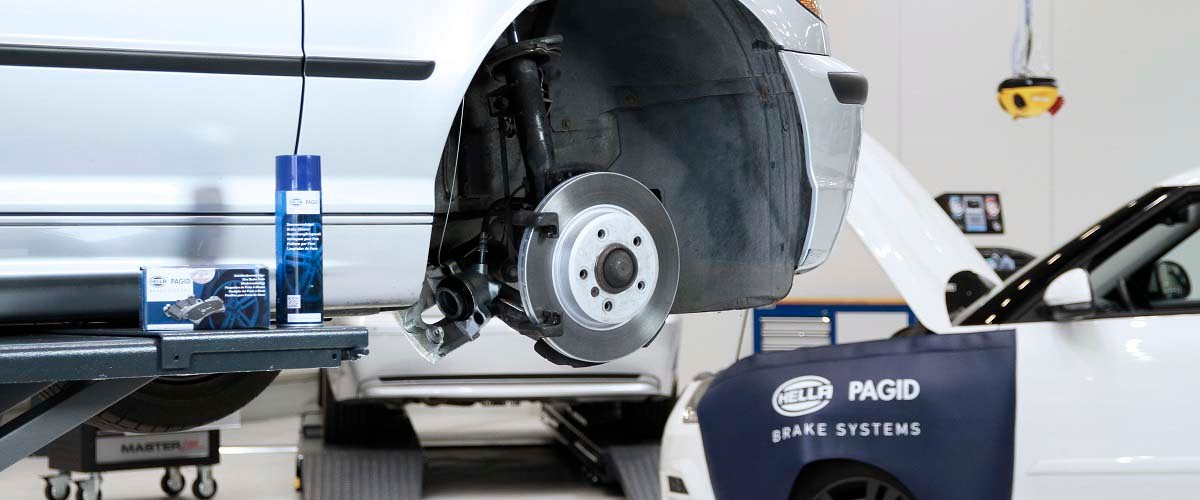
Basic Knowledge
Repairing brakes: Important tips
Instructions for professional brake repair: Noise avoidance, labelling of brake pads and important secondary measures.
Reading time: 7 minutes

